Scientists are examining how tattoos may affect the immune system and warn that what might seem a purely cosmetic procedure could influence the way the body fights disease.
A new study by the Institute for Research in Biomedicine at the…

Scientists are examining how tattoos may affect the immune system and warn that what might seem a purely cosmetic procedure could influence the way the body fights disease.
A new study by the Institute for Research in Biomedicine at the…

Australia’s world-first legislation comes into effect December 10, curbing the world’s most popular social media platforms and websites, including TikTok, Instagram, and…
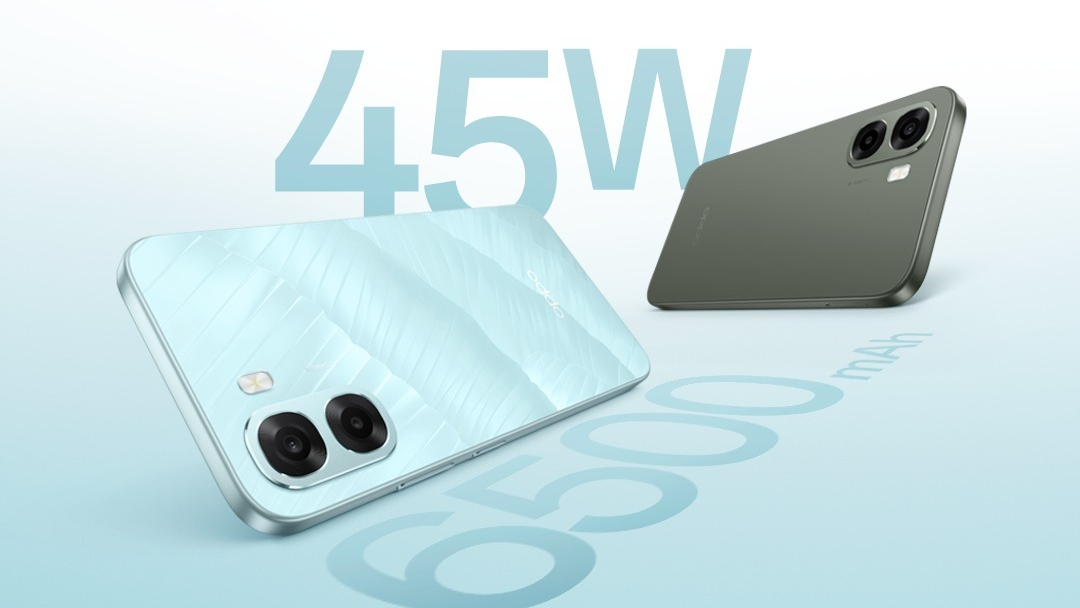
While flagship phones like the OPPO Find X9 get all the press coverage, budget phones are what most people buy. And OPPO has just launched the all-new A6x, which promises smooth performance, a sleek design, and a 120Hz display at a starting…
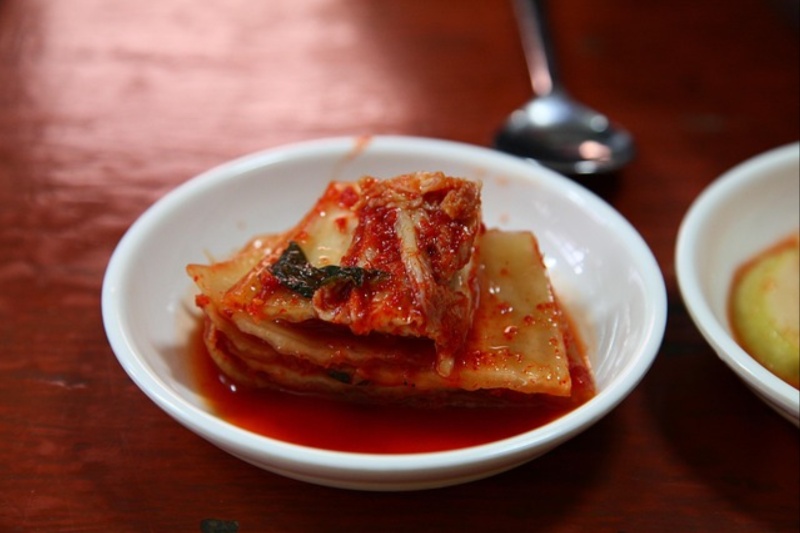
Kimchi has been enjoyed for centuries in Korea. But the spicy fermented cabbage dish has recently gained popularity in other parts of the world not only because of its delicious taste, but because of its potential to positively influence the many…
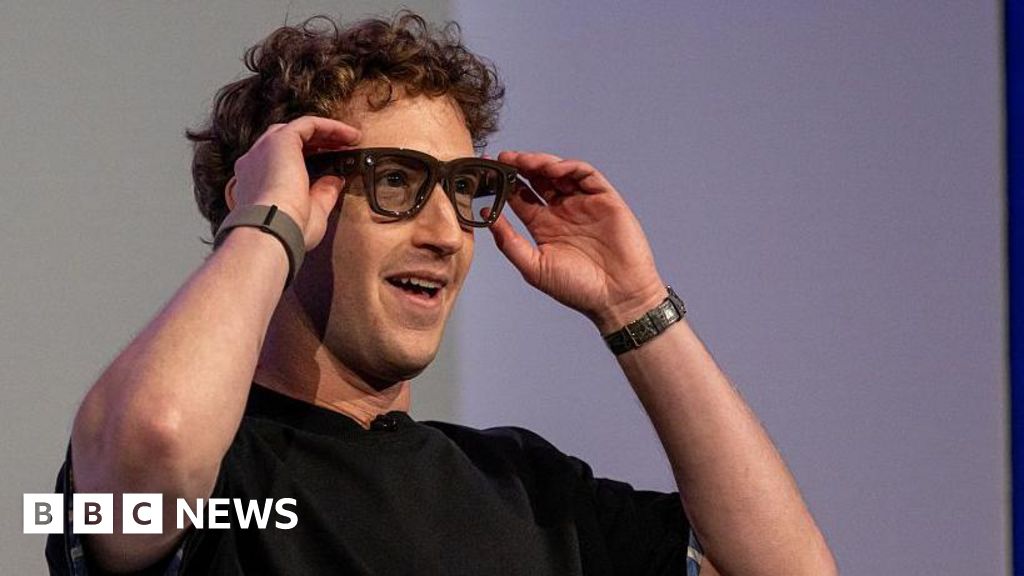
Meta is shifting some of its investments in the metaverse to AI glasses and wearables, hoping to capitalise on the “momentum” in that segment, a company spokesperson has said.
Over the last decade, Meta has poured billions of dollars to build the metaverse, which lets people to interact in a virtual reality. However, the tech giant has struggled to convince investors of the viability of the nascent technology.
Bloomberg first reported on Thursday that Meta would cut its metaverse investment by as much as 30%. Its shares climbed more than 3.4% following the news.
The strategic shift to the Metaverse was the reason why Facebook changed its name to Meta in 2011.
“We aren’t planning any broader changes than that,” said Meta’s spokesperson, without commenting on whether the shift in investments will result in layoffs.
Now, the company is seeking to build on an early advantage on AI-enabled glasses, after the positive reception to the latest models launched in September.
The glasses feature a small display within the lens that can describe what it sees and even translate text. That feature is widely seen as a breakthrough that enhances the technology’s usefulness while making the design more compact.
Many players in the industry, including firms in China, have also joined the race to build smart glasses and wearable technology.
Meta has struggled in recent years to convince investors about the metaverse. Many have been sceptical over its vision for an immersive digital space and the demand for virtual reality (VR) headsets, which are key to that technology.
The company has invested heavily in such headsets and its metaverse platform, Horizon Worlds, where users can interact as avatars.
Demand for other technologies, especially artificial intelligence (AI), have also surged ahead while Meta prioritised the metaverse.
The firm has recently shifted its focus to building large AI models, like the software integrated into WhatsApp, and developing smart gadgets like its new glasses.
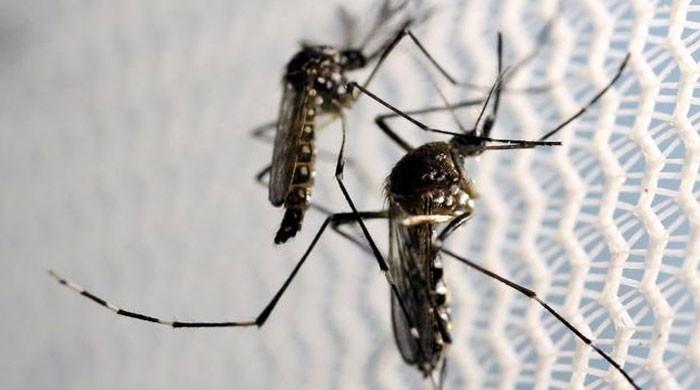

Chronic Obstructive Pulmonary Disease (COPD) is a prevalent chronic respiratory disorder characterized by progressive pulmonary tissue damage and irreversible airflow limitation, representing a critical public health burden with…
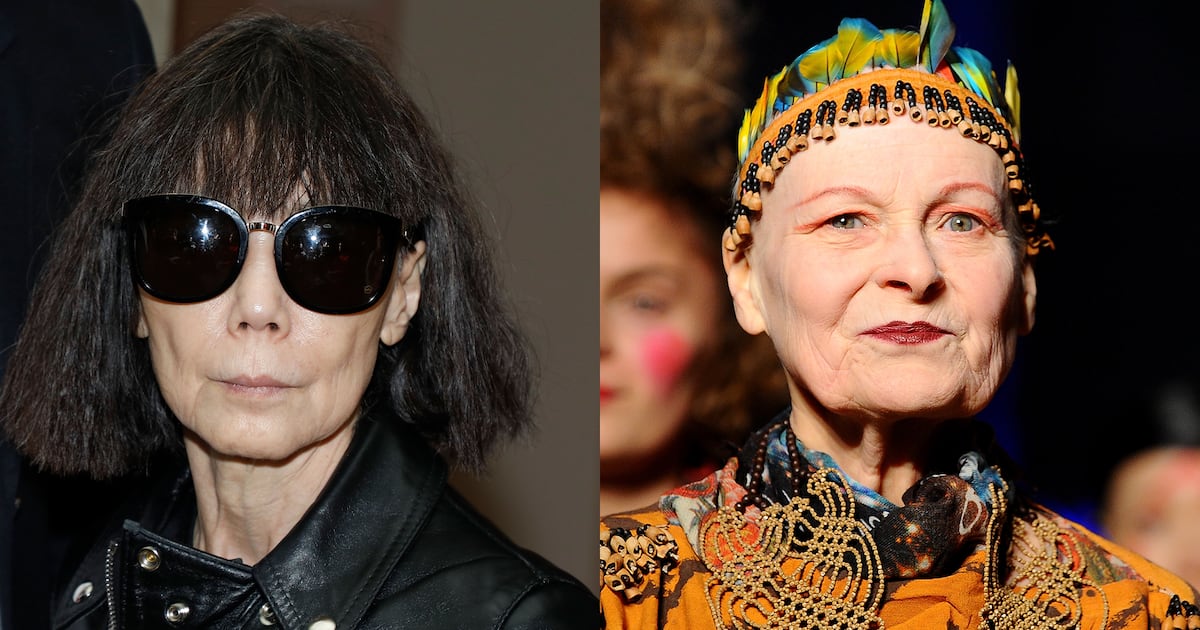
While the fashion world recognises Vivienne Westwood and Rei Kawakubo as the architects of seismic cultural shifts through their groundbreaking designs, my perspective comes from a more intimate vantage point, having had the privilege of…
